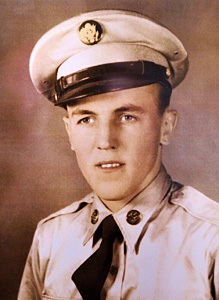King, Martin Allen
Army Private
Martin Allen King from Pennsylvania, Dauphin county.
Service era: Korea
Date of death: Thursday, November 2, 1950
Death details: On September 16, 2015, the Defense POW/MIA Accounting Agency (DPAA) identified the remains of Corporal Martin Allen King, missing from the Korean War. Corporal King entered the U.S. Army from Pennsylvania and served with Company E, 2nd Battalion, 8th Cavalry Regiment, 1st Cavalry Division. On November 2, 1950, his unit was occupying a position along the Nammyon River near Unsan, North Korea, when the area was overrun by Chinese Communist Forces. He was captured by the enemy during this action and marched to prisoner of war (POW) camps in North Korea. CPL King died from malnutrition on April 12, 1951, at Pyoktong POW Camp 5, North Korea, and his remains were buried at the camp. Between 1990 and 1994, the North Korean government returned commingled human remains to U.S. custody. Some of these remains were recovered from the area where CPL King was believed to have died, and U.S. analysts were able to use modern technology to successfully identify CPL King from these remains.
Source: National Archives, Defense POW/MIA Accounting Agency
